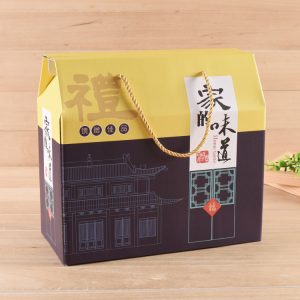Smart packaging in the Internet of Things (IoT) is a cutting-edge technology that integrates physical product packaging with digital connectivity and data exchange capabilities. It allows packaging to become more interactive, intelligent, and dynamic, offering numerous benefits to both consumers and businesses. Here’s how smart packaging works in the context of the IoT:
- Sensors and Connectivity: Smart packaging incorporates various sensors such as RFID (Radio Frequency Identification), NFC (Near Field Communication), QR codes, or Bluetooth beacons. These sensors enable communication between the packaging and connected devices, such as smartphones or other IoT-enabled devices.
- Real-Time Data Collection: The sensors on smart packaging can collect real-time data about the product’s condition, location, temperature, humidity, and other relevant information throughout the supply chain and even during the product’s use by consumers.
- Product Authentication and Anti-Counterfeiting: Smart packaging can include authentication features like NFC tags or QR codes that enable consumers and supply chain stakeholders to verify the product’s authenticity, ensuring they are not purchasing counterfeit items.
- Inventory Management: With IoT-enabled smart packaging, businesses can track inventory levels more efficiently, enabling them to optimize supply chain processes and reduce stockouts or overstock situations.
- Temperature and Quality Monitoring: For perishable goods, smart packaging can monitor temperature and humidity levels to ensure that products are stored and transported under appropriate conditions, thus maintaining product quality and extending shelf life.
- Customer Engagement: Smart packaging allows brands to engage directly with consumers through interactive experiences. By scanning QR codes or NFC tags, customers can access product information, promotions, recipes, or other engaging content.
- Traceability and Transparency: The IoT-enabled smart packaging provides end-to-end traceability, allowing consumers to trace the product’s journey from the manufacturer to the store shelf. This fosters transparency and trust in the supply chain.
- Personalized Offers: Based on the data collected from smart packaging interactions, brands can deliver personalized offers or recommendations to consumers, enhancing the customer experience.
- Safety and Recall Management: In the event of a safety issue or product recall, smart packaging enables rapid identification and notification of affected products, ensuring quick and targeted action.
- Waste Reduction: Smart packaging can help optimize inventory management and reduce food waste by providing real-time data on product freshness and expiration dates, enabling consumers to use products before they spoil.
- Reordering and Subscription Services: By tracking product usage, smart packaging can enable automatic reordering or subscription services, ensuring customers never run out of their favorite products.
- Environmental Impact: IoT-enabled smart packaging can facilitate better environmental management by monitoring and reducing packaging waste and promoting more sustainable practices.
Smart packaging in the IoT is rapidly evolving and has the potential to revolutionize the way products are packaged, distributed, and consumed. As technology advances and becomes more accessible, we can expect to see even more innovative applications of smart packaging across various industries in the future.








